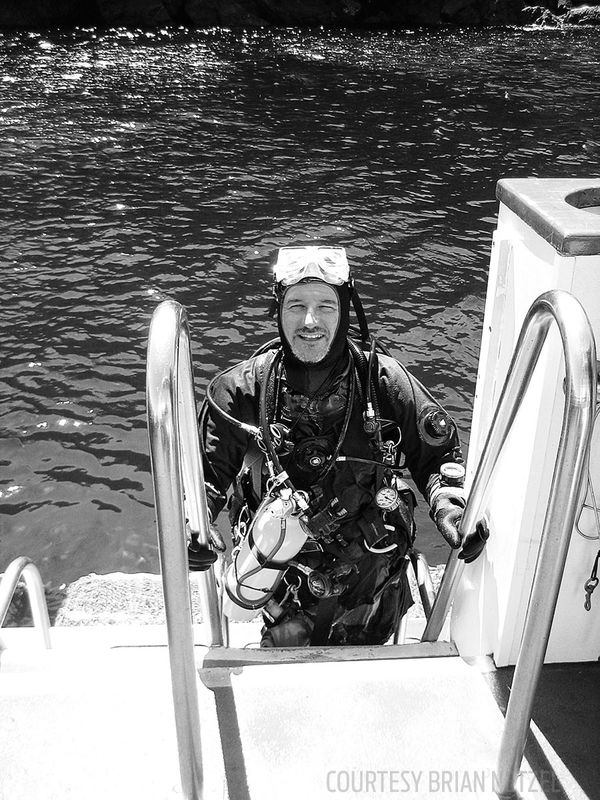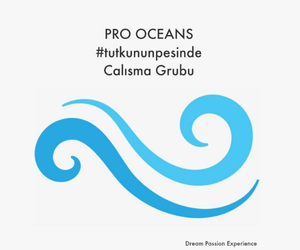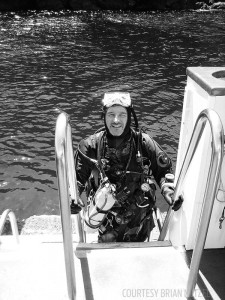It was a trip like dozens I’d done before, a three-day liveaboard out of Southern California to Catalina and San Clemente islands. The first day of diving was easy, shallow and uneventful. The water was a warm 74 degrees Fahrenheit, and we had good viz and weather. I didn’t make a night dive, had a good dinner, drank plenty of water, consumed no alcohol and slept reasonably well. I woke up ready for the second day, diving on Farnsworth Bank — a local favorite, the site is an open-ocean group of pinnacles from approximately 50 to 175 feet deep. Frequently undivable, it’s tremendous when conditions are good.
My first dive on Farnsworth was after a roughly 17-hour surface interval — 102 feet for 39 minutes. I spent most of the dive around 60 feet, with the last nine minutes above 45 feet, with a nice, slow ascent and safety stop. On this dive, we were in luck. Visibility was approaching 100 feet, there was little current and lots of marine life, and the big find was a Pacific electric ray. While we stayed at around 100 feet, he was deeper and just wouldn’t come up to see us. Unafraid, he swam around, stopped, swam around more and was not impressed with us. He didn’t cooperate for the pictures we wanted to take.
Following a one-hour, 45-minute surface interval, conditions were so nice we decided to dive Farnsworth again. I wanted to photograph the ray. I found him, but he stayed deep, around 130 feet. I descended to 111 feet, but he just wouldn’t come up to see me, so after a few minutes I headed for shallower water. The dive was 111 feet for 29 minutes, but only a few minutes of the dive were below 100 feet, and more than half the dive was above 60 feet, with a nice, slow ascent and a five-minute safety stop, and most important, both of my computers — different models — showed no decompression obligation for either dive and cleared me.
When I came up from the dive, I immediately had moderate to severe pain in my upper abdomen, just below my diaphragm. I figured it was gas or an upset stomach — anything but decompression illness. But the pain was followed shortly by my legs going numb and becoming paralyzed. I can’t be bent, I thought. I must have sat on my legs and put them to sleep.
I decided to tell the captain, who started me on oxygen right away and called the Los Angeles County paramedics stationed at Cat Harbor. Oxygen made me feel much better — so much better that I didn’t think I was hit.
The paramedics insisted I go to the chamber to be assessed. I did, and the consensus was that I had a Type 2 spinal-cord hit. After five hours in the Catalina Hyperbaric Chamber, I was fine. No lingering symptoms.
From onset to administration of O₂ was less than 10 minutes. From onset to the chamber ride was less than two hours. I’m convinced that the quick response was key to my initial positive response to the O₂ and having no issues after the chamber ride.
Tips For Avoiding DCS
It can happen to anyone. You carry two computers. They both say you’re OK. You didn’t make a rapid ascent, you didn’t go into deco. You’re hydrated, you’re rested, you’ve been deeper for longer before. But you just don’t feel right after the dive.
Bottom line: Don’t deny your symptoms. In my case, I told the captain about mine, but if it’s your captain or a dive buddy telling you that you might be bent — listen to them.
Those first few minutes could make the difference between a good outcome and a poor one.
Brian Netzel
Source: Sport Diver





